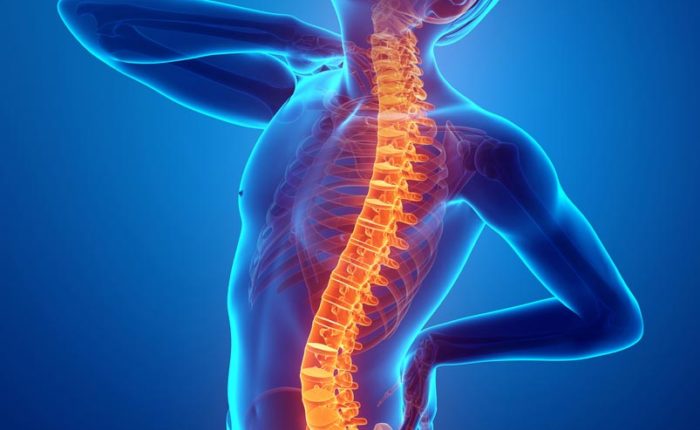So what exactly occurs with a herniated disc?
The bones in your spine are called the vertebrae. The vertebrae are held together and in place by ligaments and small discs that act as shock absorbers. These control your spine’s range of movement, flexibility and keep the spinal cord safe from damage.
However, when a disc is damaged, the inside can squeeze out of place and either bulge or herniate, leaving the spinal nerves susceptible to damage. When this occurs, the result is called a “herniated disc”, “slipped” or “ruptured disc.”
A herniated disc can be incredibly painful and can cause a great deal of limitations on the body’s movement, thus hindering a person’s movement and overall ability to perform day-to-day tasks. A herniated disc can cause a variety of symptoms including radiating pain down the arm or leg, depending if the herniated disc is in your neck or low back.
Bulging discs are the beginning phase of herniated discs. Very often people have a bulging disc and don’t even know it.
Only when the outside of a bulging disc becomes irritated and affects the surrounding tissue does it begin to cause back ache, generally in the same area and not down the leg. A herniated disc in the neck can be just as painful as a herniated disc in the back. Arm pain from a neck herniated disc is one of the more common neck conditions treated by our spine specialists. A neck herniated disc usually develops in the 30 – 50 year old age group.
Although a neck herniated disc may start from injury to the spine, the symptoms, including arm pain, commonly start from poor posture or muscle strains. The arm pain from a neck herniated disc occurs because the herniated disc material “pinches” or presses on a nerve, causing pain to radiate along the nerve down the arm.


